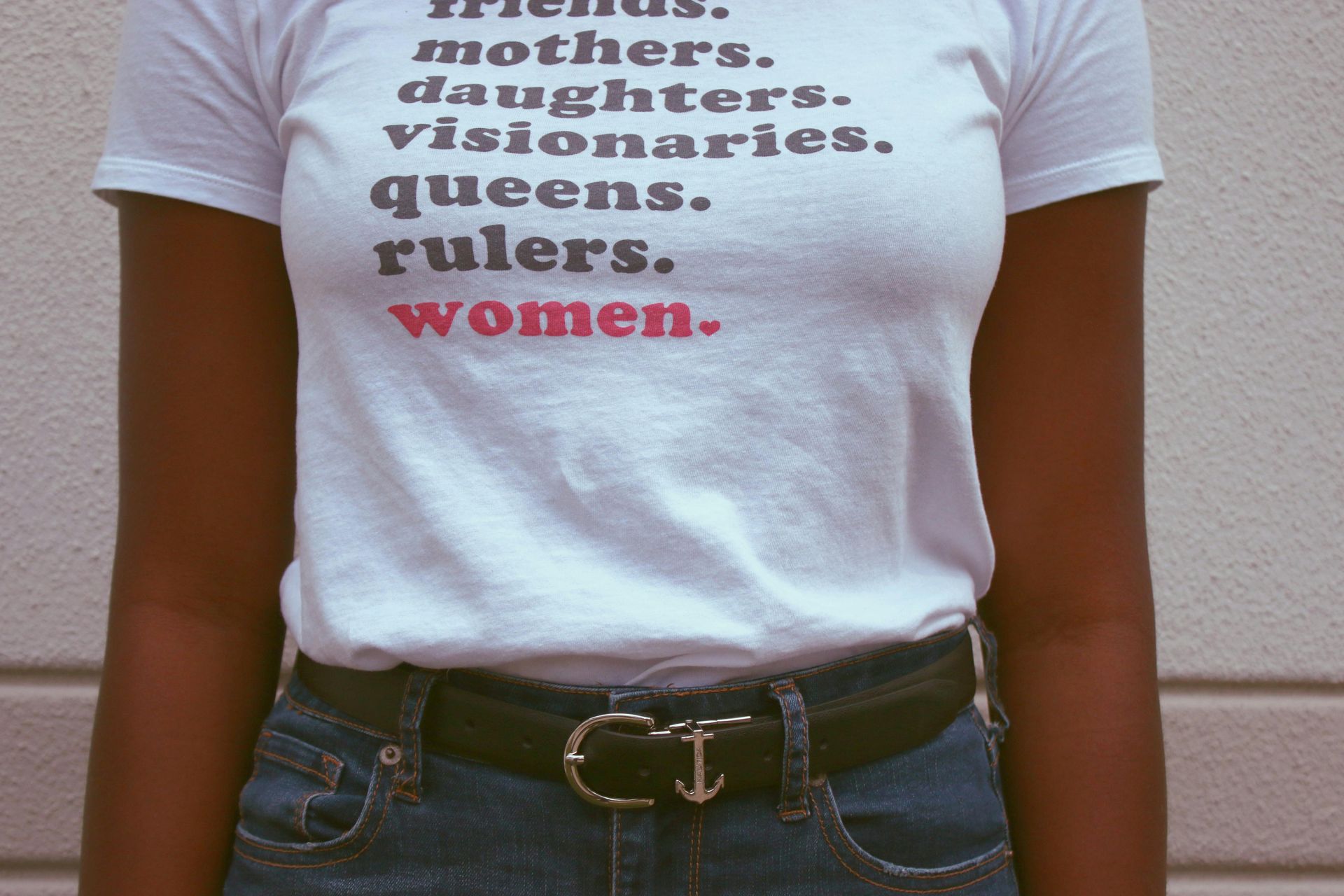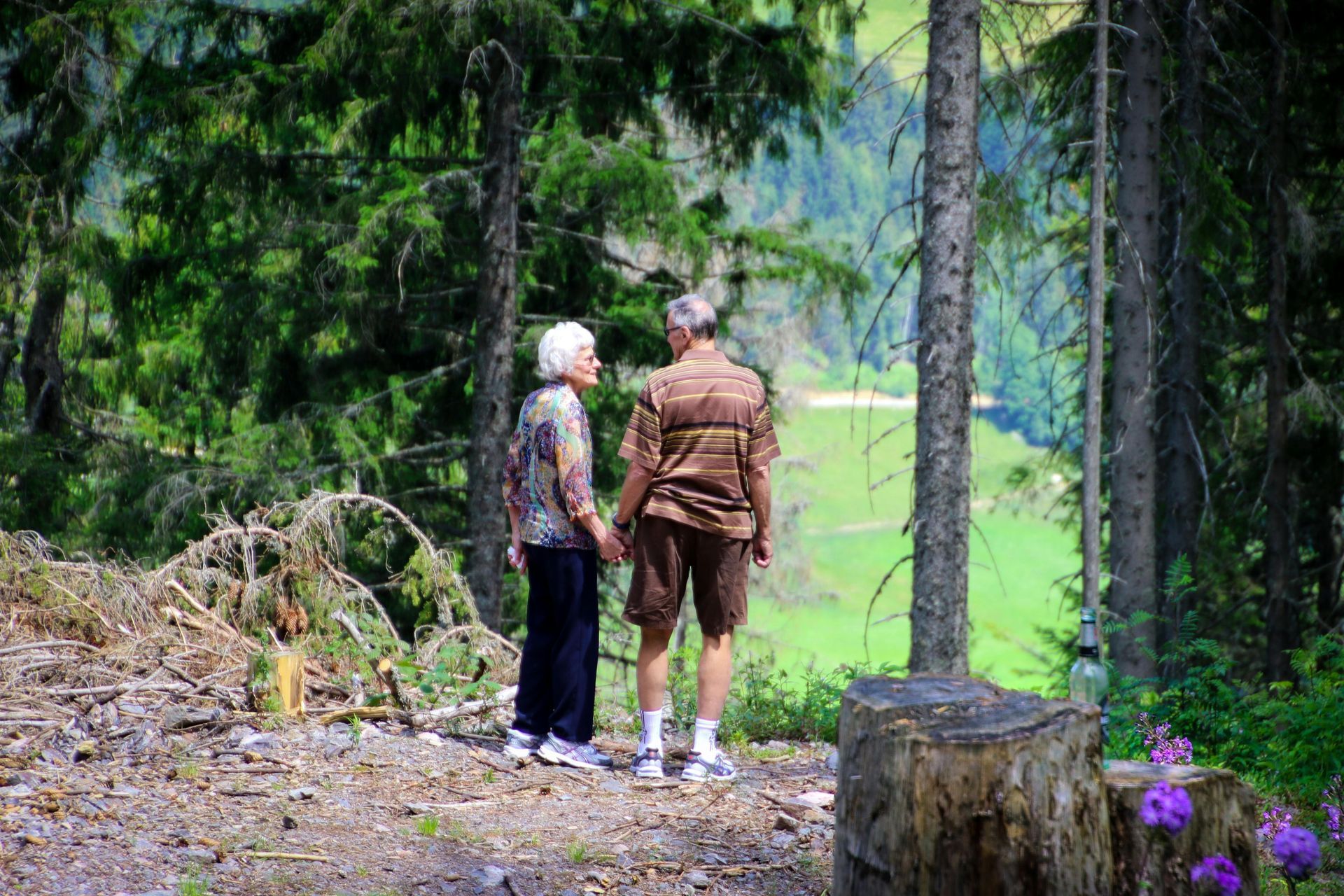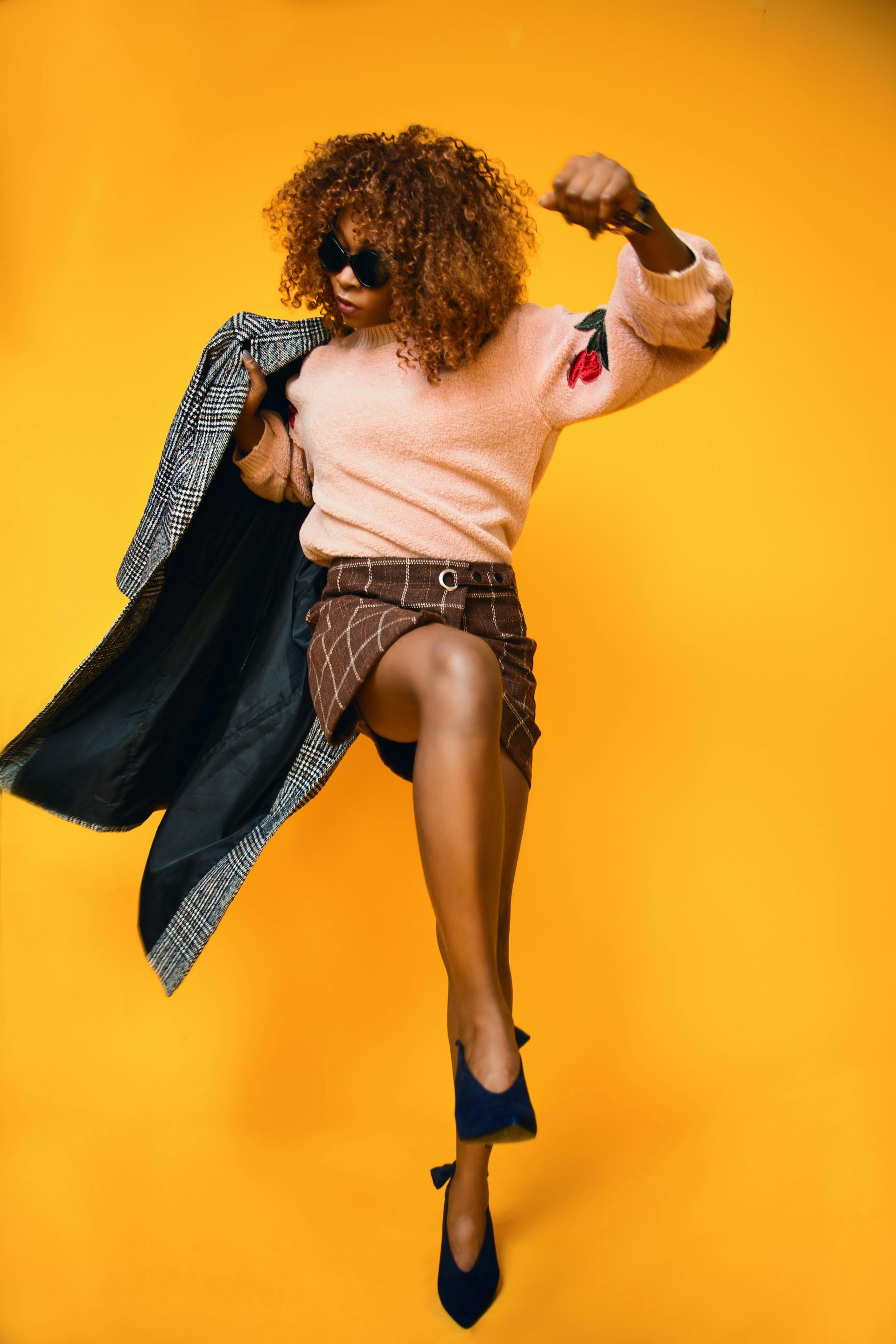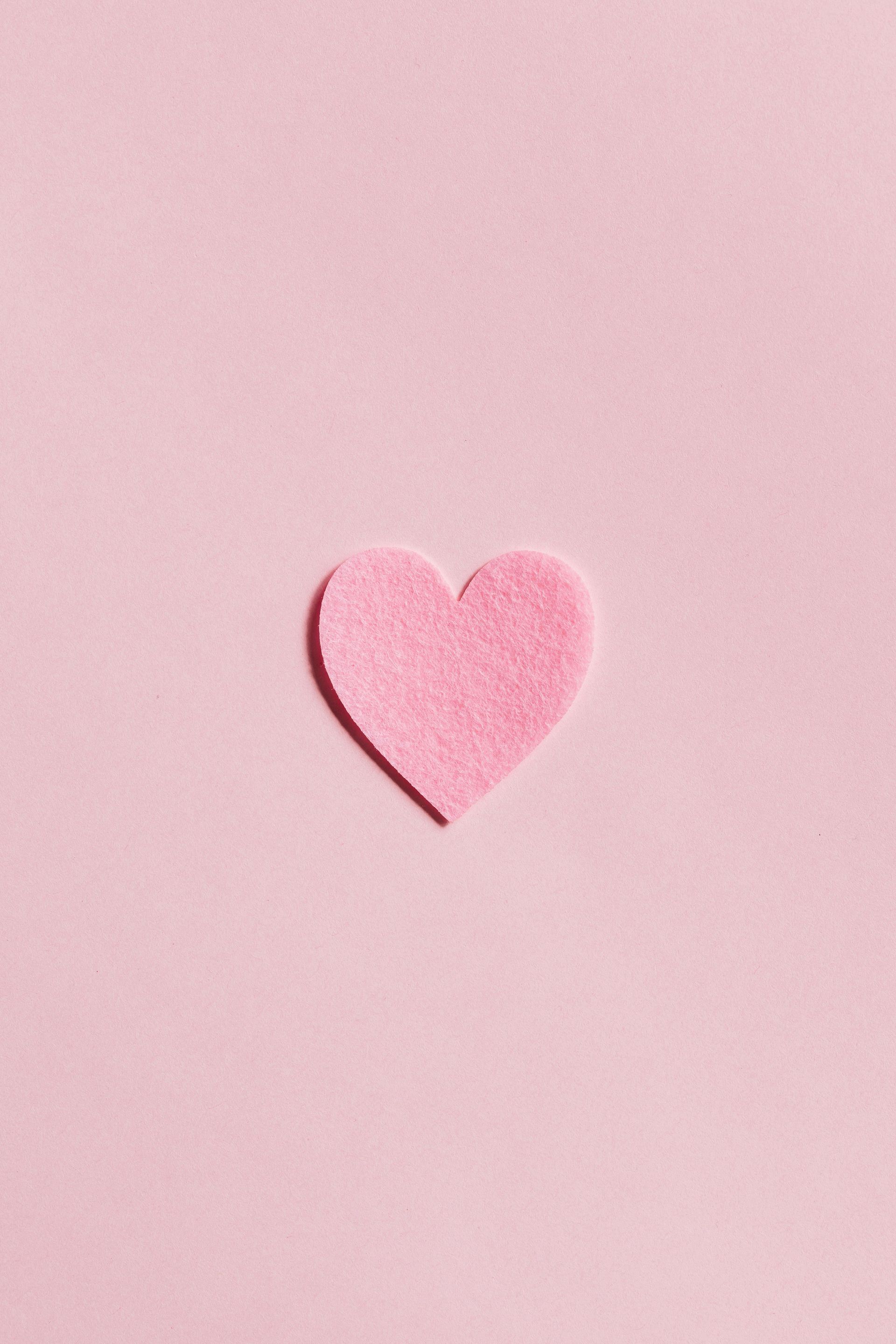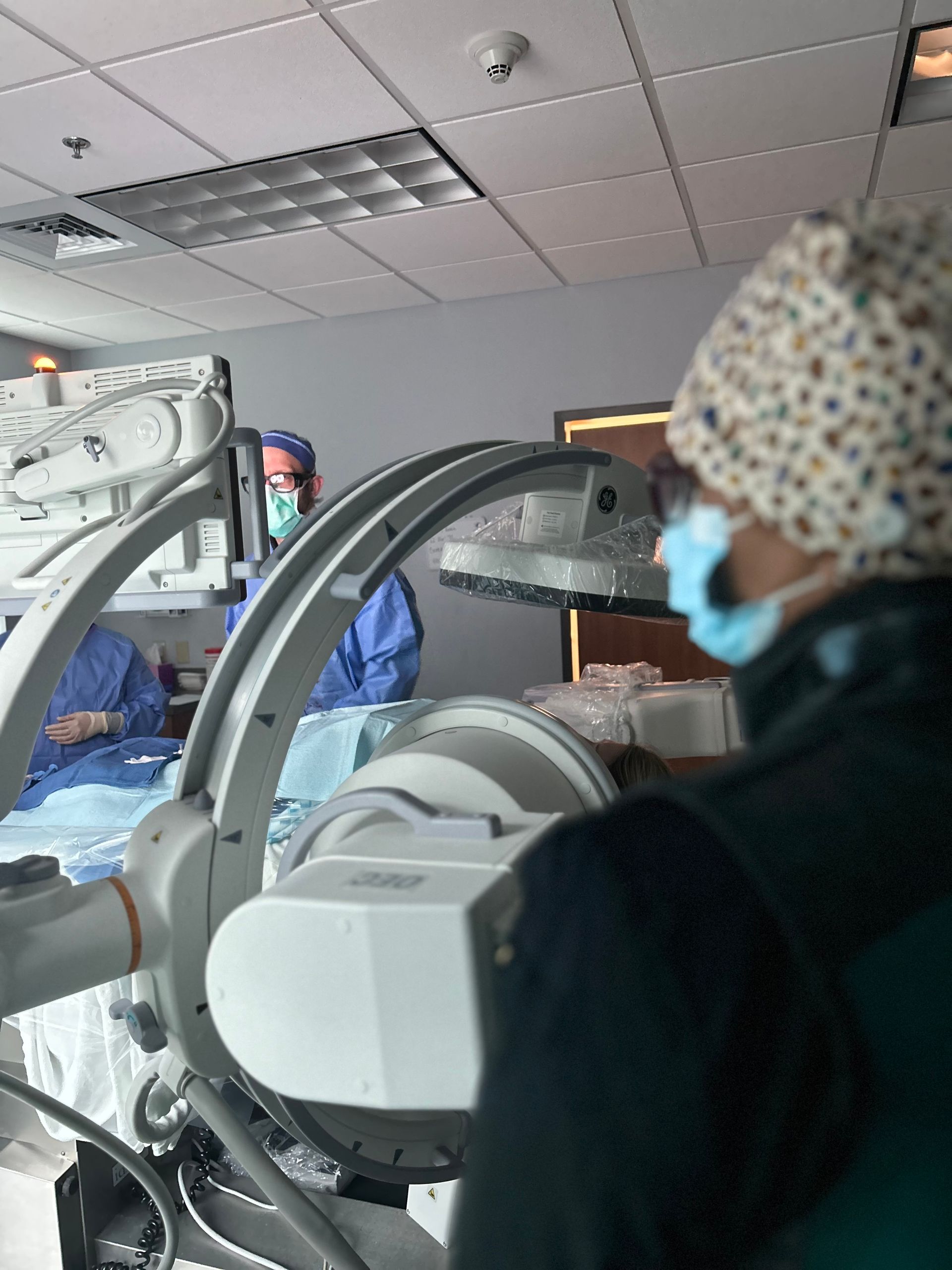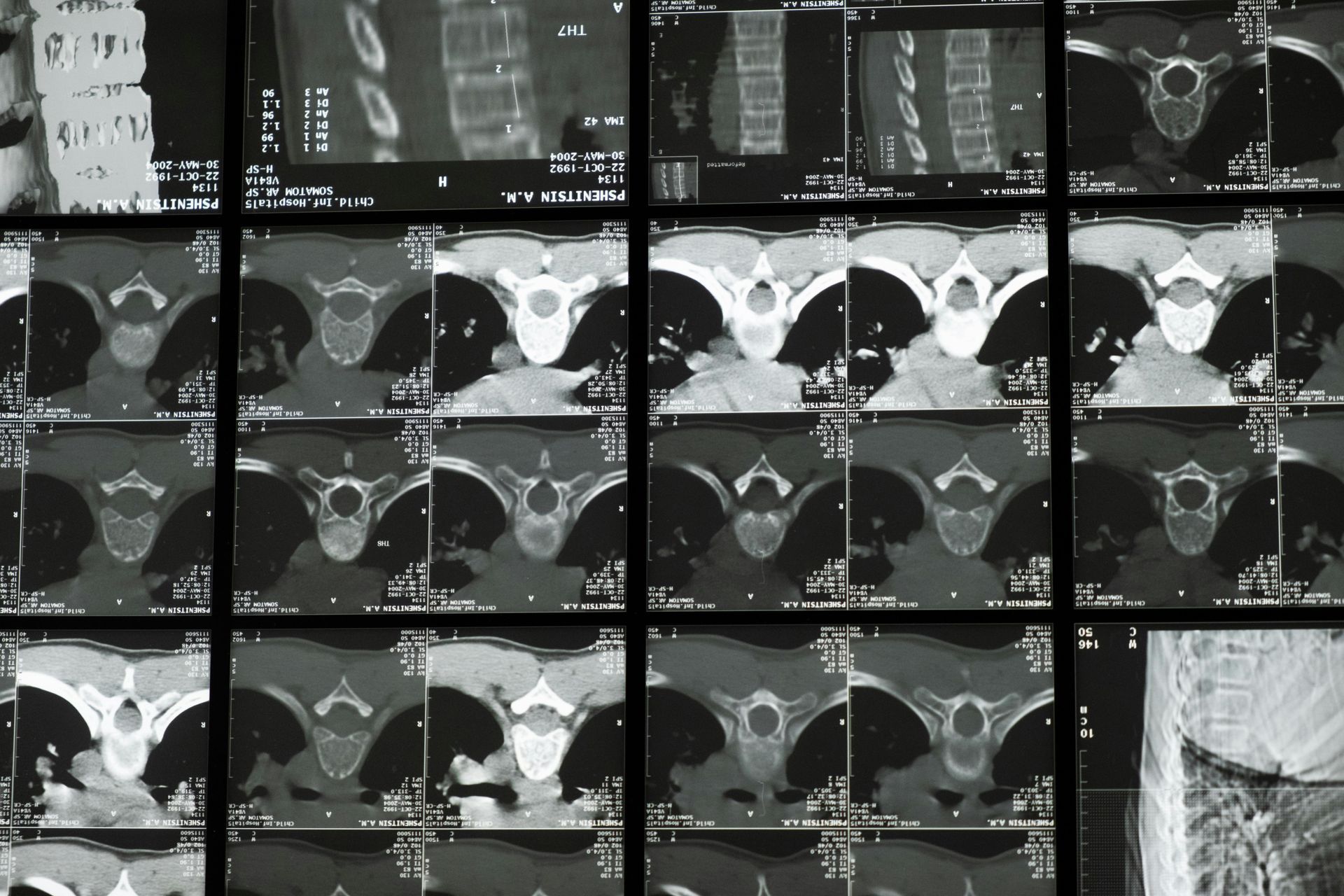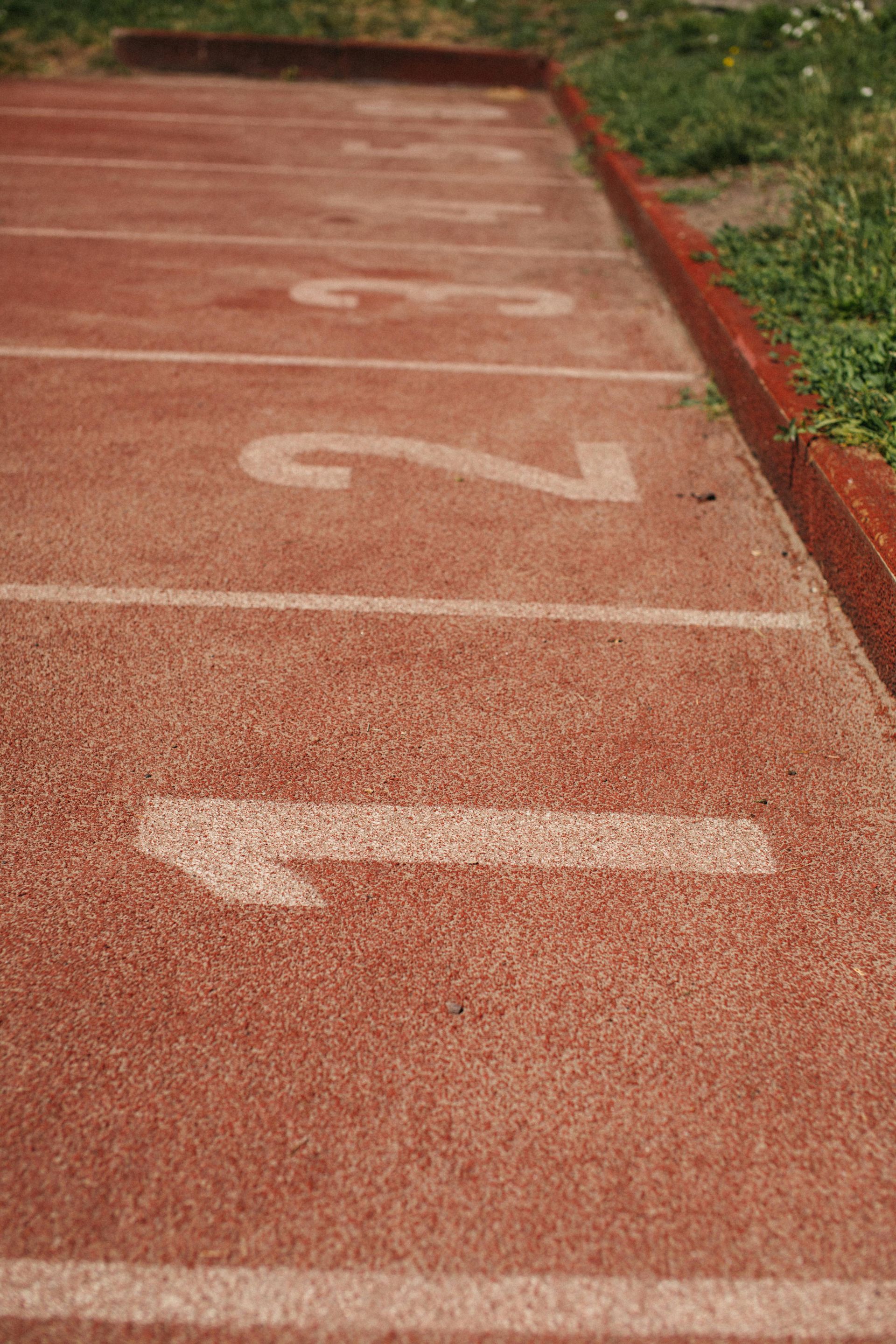About Varicose Vein Treatment
Do you live in the Murfreesboro area and suffer from varicose veins? Today’s update is all about varicose vein treatment. Come see Dr. Thomas at Murfreesboro Vascular & Interventional for a full evaluation!
What are varicose veins and spider veins?
Varicose veins are enlarged veins that can be blue, red, or flesh-colored. They often look like cords and appear twisted and bulging. They can be swollen and raised above the surface of the skin. Varicose veins are often found on the thighs, backs of the calves, or the inside of the leg. During pregnancy, varicose veins can form around the vagina and buttocks.
Spider veins are like varicose veins but smaller. They also are closer to the surface of the skin than varicose veins. Often, they are red or blue. They can look like tree branches or spiderwebs with their short, jagged lines. They can be found on the legs and face and can cover either a very small or very large area of skin.
What causes varicose veins and spider veins?
Varicose veins can be caused by weak or damaged valves in the veins. The heart pumps blood filled with oxygen and nutrients to the whole body through the arteries. Veins then carry the blood from the body back to the heart. As your leg muscles squeeze, they push blood back to the heart from your lower body against the flow of gravity. Veins have valves that act as one-way flaps to prevent blood from flowing backwards as it moves up your legs. If the valves become weak, blood can leak back into the veins and collect there. (This problem is called venous insufficiency.) When backed-up blood makes the veins bigger, they can become varicose.
Spider veins can be caused by the backup of blood. They can also be caused by hormone changes, exposure to the sun, and injuries.
How common are abnormal leg veins?
About 50 to 55 percent of women and 40 to 45 percent of men in the United States suffer from some type of vein problem. Varicose veins affect half of people 50 years and older.
What factors increase my risk of varicose veins and spider veins?
Many factors increase a person’s chances of developing varicose or spider veins. These include:
- Increasing age. As you get older, the valves in your veins may weaken and not work as well.
- Medical history. Being born with weak vein valves increases your risk. Having family members with vein problems also increases your risk. About half of all people who have varicose veins have a family member who has them too.
- Hormonal changes. These occur during puberty, pregnancy, and menopause. Taking birth control pills and other medicines containing estrogen and progesterone also may contribute to the forming of varicose or spider veins.
- Pregnancy. During pregnancy, there is a huge increase in the amount of blood in the body. This can cause veins to enlarge. The growing uterus also puts pressure on the veins. Varicose veins usually improve within 3 months after delivery. More varicose veins and spider veins usually appear with each additional pregnancy.
- Obesity. Being overweight or obese can put extra pressure on your veins. This can lead to varicose veins.
- Lack of movement. Sitting or standing for a long time may force your veins to work harder to pump blood to your heart. This may be a bigger problem if you sit with your legs bent or crossed.
- Sun exposure. This can cause spider veins on the cheeks or nose of a fair-skinned person.
Why do varicose veins and spider veins usually appear in the legs?
Most varicose and spider veins appear in the legs due to the pressure of body weight, force of gravity, and task of carrying blood from the bottom of the body up to the heart.
Compared with other veins in the body, leg veins have the toughest job of carrying blood back to the heart. They endure the most pressure. This pressure can be stronger than the one-way valves in the veins.
What are the signs of varicose veins?
Varicose veins can often be seen on the skin. Some other common symptoms of varicose veins in the legs include:
- Aching pain that may get worse after sitting or standing for a long time
- Throbbing or cramping
- Heaviness
- Swelling
- Rash that’s itchy or irritated
- Darkening of the skin (in severe cases)
- Restless legs
Are varicose veins and spider veins dangerous?
Spider veins rarely are a serious health problem, but they can cause uncomfortable feelings in the legs. If there are symptoms from spider veins, most often they will be itching or burning. Less often, spider veins can be a sign of blood backup deeper inside that you can’t see on the skin. If so, you could have the same symptoms you would have with varicose veins.
Varicose veins may not cause any problems, or they may cause aching pain, throbbing, and discomfort. In some cases, varicose veins can lead to more serious health problems. These include:
- Sores or skin ulcers due to chronic (long-term) backing up of blood. These sores or ulcers are painful and hard to heal. Sometimes they cannot heal until the backward blood flow in the vein is repaired.
- Bleeding. The skin over the veins becomes thin and easily injured. When an injury occurs, there can be significant blood loss.
- Superficial thrombophlebitis (throm-bo-fli-BYT-uhs), which is a blood clot that forms in a vein just below the skin. Symptoms include skin redness; a firm, tender, warm vein; and sometimes pain and swelling.
- Deep vein thrombosis, which is a blood clot in a deeper vein. It can cause a “pulling” feeling in the calf, pain, warmth, redness, and swelling. However, sometimes it causes no significant symptoms. If the blood clot travels to the lungs, it can be fatal.
Should I see a doctor about varicose veins?
You should see a doctor about varicose veins if:
- The vein has become swollen, red, or very tender or warm to the touch
- There are sores or a rash on the leg or near the ankle
- The skin on the ankle and calf becomes thick and changes color
- One of the varicose veins begins to bleed
- Your leg symptoms are interfering with daily activities
- The appearance of the veins is causing you distress
If you’re having pain, even if it’s just a dull ache, don’t hesitate to get help. Also, even if you don’t need to see a doctor about your varicose veins, you should take steps to keep them from getting worse.
How are varicose veins diagnosed?
Your doctor may diagnose your varicose veins based on a physical exam. Your doctor will look at your legs while you’re standing or sitting with your legs dangling. He or she may ask you about your symptoms, including any pain you’re having. Sometimes, you may have other tests to find out the extent of the problem and to rule out other disorders.
You might have an ultrasound, which is used to see the veins’ structure, check the blood flow in your veins, and look for blood clots. This test uses sound waves to create pictures of structures in your body.
Although less likely, you might have a venogram. This test can be used to get a more detailed look at blood flow through your veins.
If you seek help for your varicose veins, there are several types of doctors you can see, including:
- A phlebologist, which is a vein specialist
- A vascular medicine doctor, who focuses on the blood system
- A vascular surgeon, who can perform surgery and do other procedures
- An interventional radiologist, who specializes in using imaging tools to see inside the body and do treatments with little or no cutting
- A dermatologist, who specializes in skin conditions
Each of these specialists do some or all of the procedures for treating varicose veins. You might start out by asking your regular doctor which specialist he or she recommends. You also might check with your insurance plan to see if it would pay for a particular provider or procedure.
How are varicose and spider veins treated?
Varicose veins are treated with lifestyle changes and medical treatments. These can:
- Relieve symptoms
- Prevent complications
- Improve appearance
Your doctor may recommend lifestyle changes if your varicose veins don’t cause many symptoms. If symptoms are more severe, your doctor may recommend medical treatments. Some treatment options include:
Compression stockings
Compression stockings put helpful pressure on your veins. There are 3 kinds of compression stockings:
- Support pantyhose, which offer the least amount of pressure. These also often are not “gradient” or “graduated.” That means they provide pressure all over instead of where it is needed most.
- Over-the-counter gradient compression hose, which give a little more pressure. They are sold in medical supply and drugstores.
- Prescription-strength gradient compression hose, which offer the greatest amount of pressure. They are sold in medical supply and drugstores. You need to be fitted for them by someone who has been trained to do this.
Sclerotherapy
Sclerotherapy is the most common treatment for both spider veins and varicose veins. The doctor uses a needle to inject a liquid chemical into the vein. The chemical causes the vein walls to swell, stick together, and seal shut. This stops the flow of blood, and the vein turns into scar tissue. In a few weeks, the vein should fade. This treatment does not require anesthesia and can be done in your doctor’s office. You can return to normal activity right after treatment.
The same vein may need to be treated more than once. Treatments are usually done every 4 to 6 weeks. You may be asked to wear gradient compression stockings after sclerotherapy to help with healing and decrease swelling. This treatment is very effective when done correctly.
Possible side effects include:
- Stinging, red and raised patches of skin, or bruises where the injection was made. These usually go away shortly after treatment.
- Spots, brown lines, or groups of fine red blood vessels around the treated vein. These also usually go away shortly after treatment.
- Lumps of blood that get trapped in vein and cause inflammation. This is not dangerous. You can relieve swelling by applying heat and taking aspirin. Your doctor can drain the trapped blood with a small pinprick at a follow-up visit.
There is a type of sclerotherapy called ultrasound-guided sclerotherapy (or echo-sclerotherapy). This type of sclerotherapy uses ultrasound imaging to guide the needle. It can be useful in treating veins that cannot be seen on the skin’s surface. It may be used after surgery or endovenous techniques if the varicose veins return. This procedure can be done in a doctor’s office. Possible side effects include skin sores, swelling, injection into an artery by mistake, or deep vein thrombosis (a potentially dangerous blood clot).
Surface laser treatments
In some cases, laser treatments can effectively treat spider veins and smaller varicose veins. This technique sends very strong bursts of light through the skin onto the vein. This makes the vein slowly fade and disappear. Not all skin types and colors can be safely treated with lasers.
No needles or incisions are used, but the heat from the laser can be quite painful. Cooling helps reduce the pain. Laser treatments last for 15 to 20 minutes. Generally, 2 to 5 treatments are needed to remove spider veins in the legs. Laser therapy usually isn’t effective for varicose veins larger than 3 mm (about a tenth of an inch). You can return to normal activity right after treatment.
Possible side effects of lasers include:
- Redness or swelling of the skin right after the treatment that disappears within a few days
- Discolored skin that will disappear within 1 to 2 months
- Burns and scars from poorly performed laser surgery, though this is rare
Endovenous techniques (radiofrequency and laser)
These methods for treating the deeper veins of the legs, called the saphenous (SAF-uh-nuhs) veins, have replaced surgery for most patients with severe varicose veins. These techniques can be done in a doctor’s office.
The doctor puts a very small tube, called a catheter, into the vein. A small probe is placed through the tube. A device at the tip of the probe heats up the inside of the vein and closes it off. The device can use radiofrequency or laser energy to seal the vein. The procedure can be done using just local anesthesia. You might have slight bruising after treatment.
Healthy veins around the closed vein take over the normal flow of blood. The symptoms from the varicose vein improve. Usually, veins on the surface of the skin that are connected to the treated varicose vein will also shrink after treatment. If they don’t, these connected veins can be treated with sclerotherapy or other techniques.
Surgery
Surgery is used mostly to treat very large varicose veins. Types of surgery for varicose veins include:
- Surgical ligation and stripping. With this treatment, problem veins are tied shut and completely removed from the leg through small cuts in the skin. Removing the veins does not affect the circulation of blood in the leg. Veins deeper in the leg take care of the larger volumes of blood. This surgery requires general anesthesia and must be done in an operating room. It takes between 1 and 4 weeks to recover from the surgery. This surgery is generally safe. Pain in the leg is the most common side effect. Other possible problems include:
- A risk of heart and breathing problems from anesthesia
- Bleeding and congestion of blood. But, the collected blood usually settles on its own and does not require any further treatment.
- Wound infection, inflammation, swelling, and redness
- Permanent scars
- Damage of nerve tissue around the treated vein. It’s hard to avoid harming small nerve branches when veins are removed. This damage can cause numbness, burning, or a change in feeling around the scar.
- A deep vein blood clot. These clots can travel to the lungs and heart. The medicine heparin may be used to reduce the chance of these dangerous blood clots. But, heparin also can increase the normal amount of bleeding and bruising after surgery.
- PIN stripping. In this treatment, an instrument called a PIN stripper is inserted into a vein. The tip of the PIN stripper is sewn to the end of the vein, and when it is removed, the vein is pulled out. This procedure can be done in an operating room or an outpatient center. General or local anesthesia can be used.
- Ambulatory phlebectomy. With ambulatory phlebectomy (AM-byoo-luh-TOHR-ee fluh-BEHK-toh-mee), tiny cuts are made in the skin, and hooks are used to pull the vein out of the leg. Only the parts of your leg that are being pricked will be numbed with anesthesia. The vein is usually removed in 1 treatment. Very large varicose veins can be removed with this treatment while leaving only very small scars. Patients can return to normal activity the day after treatment. Possible side effects of the treatment include slight bruising and temporary numbness.
How can I prevent varicose veins and spider veins?
Not all varicose and spider veins can be prevented. But, there are some steps you can take to reduce your chances of getting new varicose and spider veins. These same things can help ease discomfort from the ones you already have:
- Wear sunscreen to protect your skin from the sun and to limit spider veins on the face.
- Exercise regularly to improve your leg strength, circulation, and vein strength. Focus on exercises that work your legs, such as walking or running.
- Control your weight to avoid placing too much pressure on your legs.
- Don’t cross your legs for long times when sitting. It’s possible to injure your legs that way, and even a minor injury can increase the risk of varicose veins.
- Elevate your legs when resting as much as possible.
- Don’t stand or sit for long periods of time. If you must stand for a long time, shift your weight from one leg to the other every few minutes. If you must sit for long periods of time, stand up and move around or take a short walk every 30 minutes.
- Wear elastic support stockings and avoid tight clothing that constricts your waist, groin, or legs.
- Avoid wearing high heels for long periods of time. Lower-heeled shoes can help tone your calf muscles to help blood move through your veins.
- Eat a low-salt diet rich in high-fiber foods. Eating fiber reduces the chances of constipation, which can contribute to varicose veins. High-fiber foods include fresh fruits and vegetables and whole grains, like bran. Eating less salt can help with the swelling that comes with varicose veins.
Can varicose and spider veins return even after treatment?
Current treatments for varicose veins and spider veins have very high success rates compared to traditional surgical treatments. Over a period of years, however, more abnormal veins can develop because there is no cure for weak vein valves. Ultrasound can be used to keep track of how badly the valves are leaking (venous insufficiency). Ongoing treatment can help keep this problem under control.
The single most important thing you can do to slow down the development of new varicose veins is to wear gradient compression support stockings as much as possible during the day.


